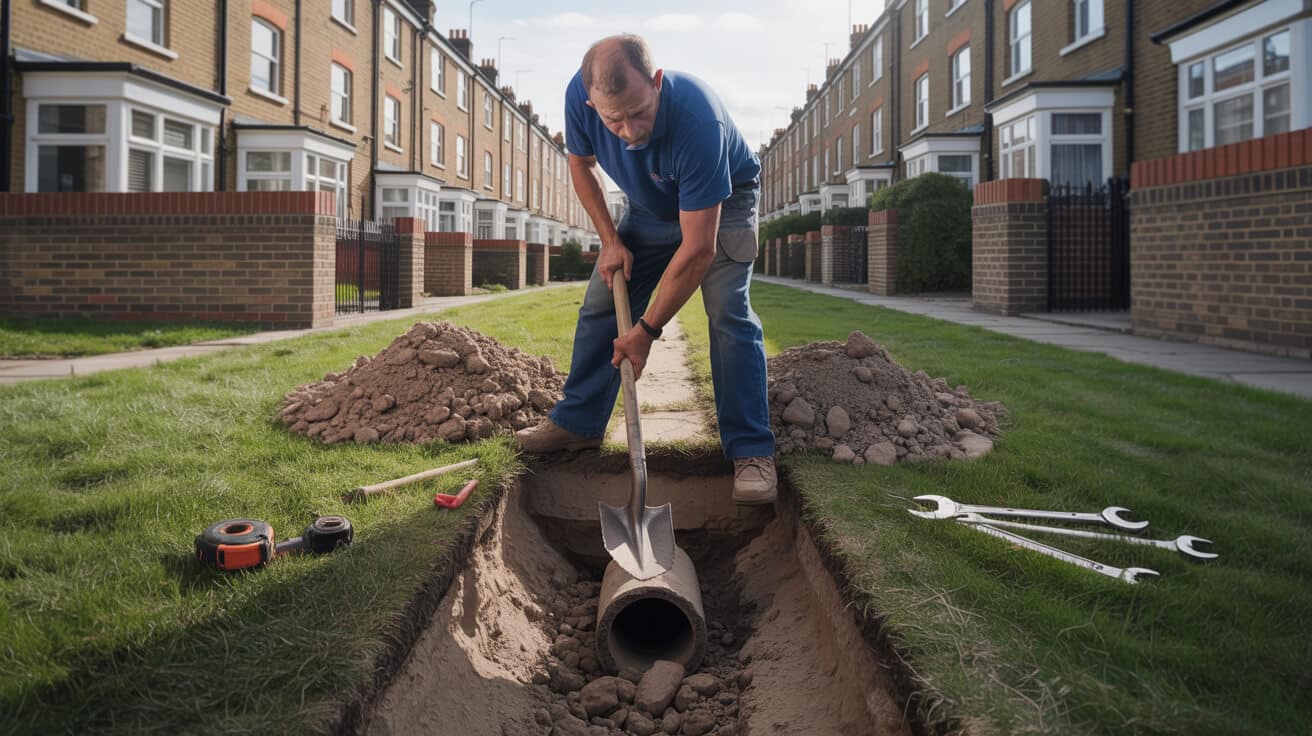 Insulating Cylinders and Pipework How Lagging Jackets Save Energy
Insulating Cylinders and Pipework How Lagging Jackets Save Energy
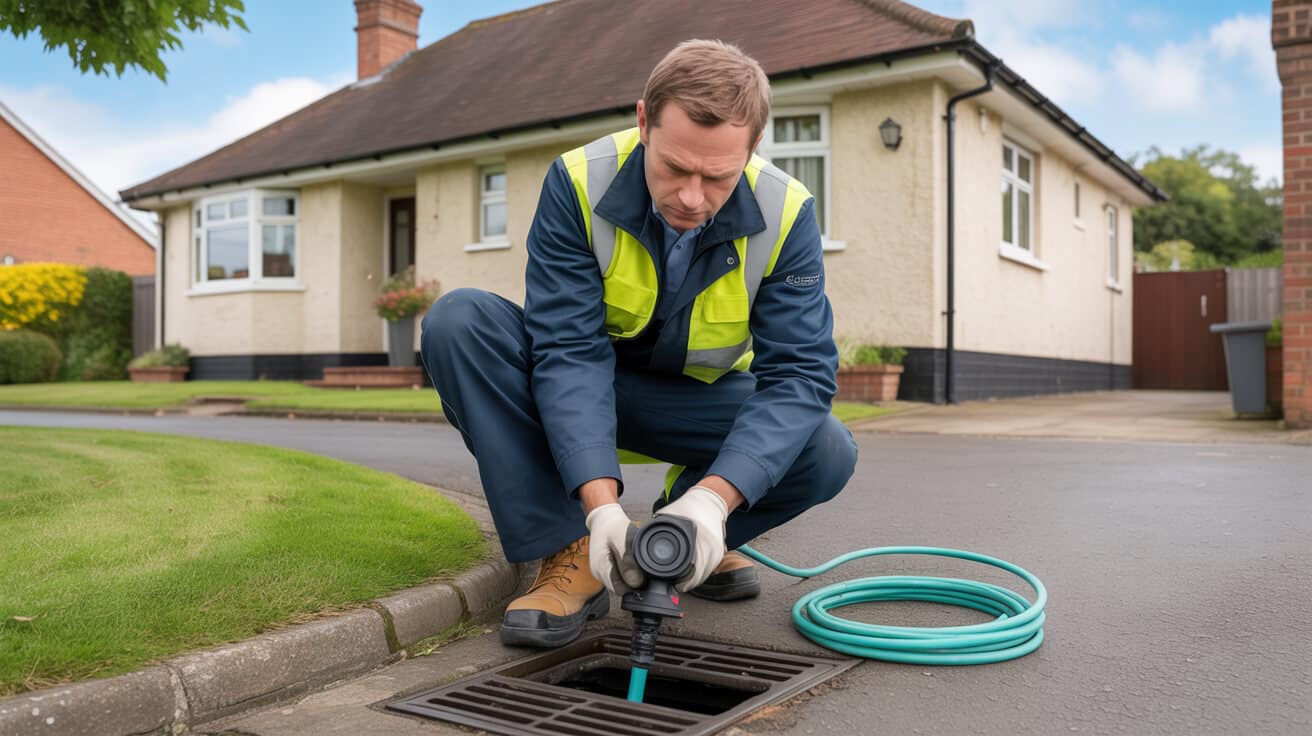
Why Is Insulating Cylinders and Pipework Now Essential for UK Homes?
If your property relies on a hot water cylinder or exposed pipework, invisible heat loss is quietly raising your costs and complicating compliance—no matter how modern the system. The typical UK home or building wastes money each week through unlagged tanks and pipes, making Energy Performance Certificate (EPC) upgrades, insurance settlements, and tenant comfort harder to guarantee than ever. EPC assessors, surveyors, and insurers have sharpened their checklists: insulation is now a visible, fast-moving target—and falling behind isn’t just a matter of comfort or efficiency but a risk to your property’s value and legal standing.
Every hour your pipes and tank lose warmth, the cost is quietly stacking up.
For homeowners, landlords, letting and managing agents, commercial property owners, and local authorities overseeing residential or mixed-use buildings, lagging is no longer elective. It’s a linchpin for compliance and cost control. Citing the Energy Saving Trust, an uninsulated hot water cylinder can bleed out up to £70 each year—with hot water pipes adding further losses until they are properly lagged (Energy Saving Trust, 2023). Above all, failing to insulate could mean the difference between a certified EPC and a failed property transaction, or an insurance payout being blocked after a leak.
You can shortcut none of this—Plumbers 4U only instals WRAS-approved jackets and sleeves, with every fitting photo-documented for audit and compliance. When standards change, your insulation ought to outlast every curveball the rules throw your way.
Why Lagging Delivers a Real Return—Not Just Promises
A cylinder jacket costing £20–£30 can slash heat losses by more than half, recouping your spend in under two winters. Pipe lagging, at less than £5 per metre, compounds this effect. Unlike costlier upgrades, you see and feel the improvement with every hot tap: faster warm-ups, lower bills, less boiler strain, and a build-up of compliance capital all delivered tidily, with zero disruption.
The Most Expensive Leak is the One You Can’t See
Heat loss is a silent thief—not a pipe burst, but a perpetual draw on your boiler and bank account. Without insulation, that trickle of wasted energy quietly eats years off boiler and cylinder life, raises the odds of condensation damage, and guarantees extra headaches at every compliance review.
What Are the Practical Risks of Skipping Cylinder and Pipe Insulation?
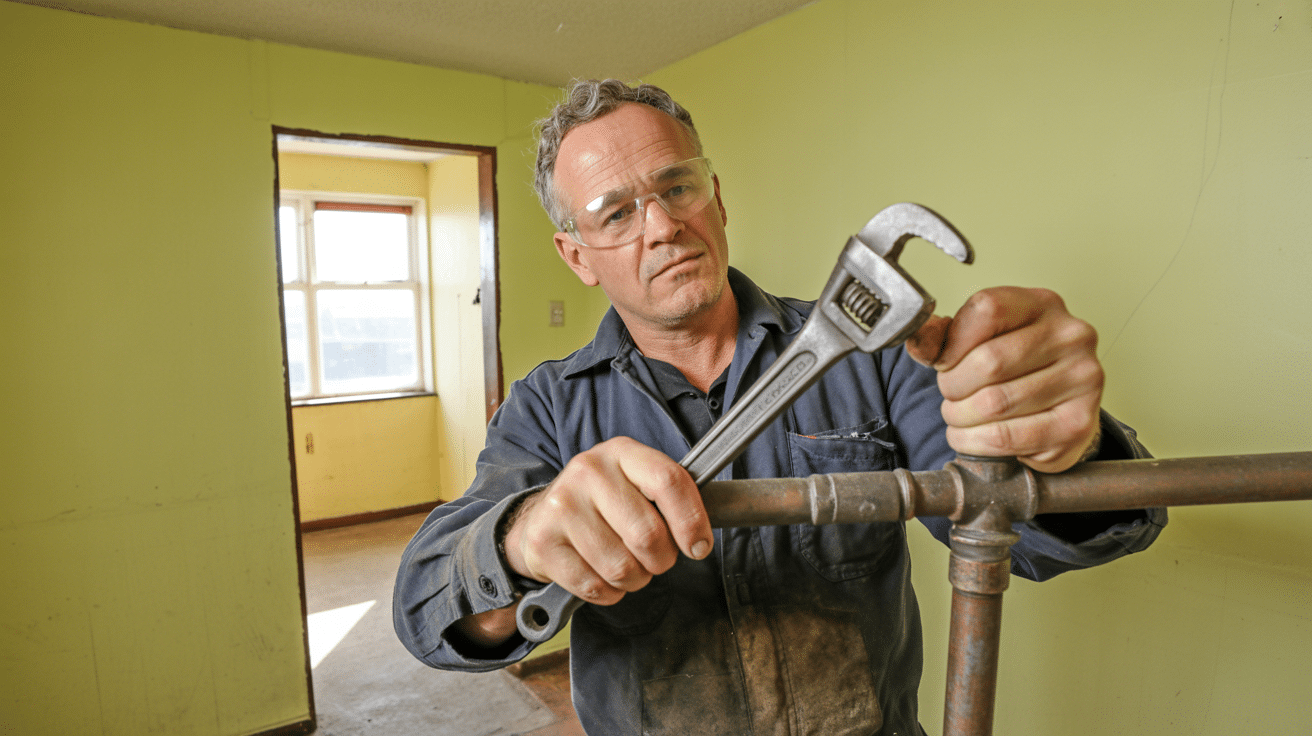
Leaving hot pipes and tanks bare might seem like a shortcut today, but you inherit lingering, compounding risk from the moment the job’s done. Unlagged cylinders and pipes shed heat around the clock, risking EPC penalties and creating a drag on performance. For every portfolio landlord, property manager, letting agent, or facilities manager, skipping insulation has become a red flag picked up instantly in audits and claims.
The costliest leak isn’t a flood—it’s silent heat loss you overlook for years.
Bare pipes can lose up to 30% of delivered heat before water ever reaches a shower or sink (Energy Saving Trust, 2023). In a typical non-lagged scenario, expect to encounter:
- EPC and Part L building regulation failures: —your letting, sale, or grant stalls until insulation is fixed.
- Insurance claim setbacks or denials: —failures linked to poor insulation (like pipe corrosion, condensation, or water damage) often void or reduce cover.
- Repeat repair visits: —symptoms such as persistent cold taps, tank sweating, or water hammer surface again and again, usually traced directly to poor lagging or missed pipes in the loft or garage.
Compliance trouble often starts small: a jacket missing the required WRAS or BS 5422 approval mark, a visible section of unlagged pipe, a half-fitted sleeve somewhere in a plant room. Surveyors and insurers spot these gaps immediately; there’s rarely a second chance to “patch it up.”
Why DIY Foam and Shortcuts Fail the Audit Every Time
Insulation is policed closely—wrapping pipes with towels, using sub-par “builder’s merchant” foam, or self-cutting pieces that obscure WRAS or BS markings are all instant fails for EPC surveyors, housing officers, and insurance adjusters. The legal minimum for compliance is at least 75–80mm of WRAS- or BS-approved jacket on the cylinder and WRAS-marked sleeves (minimum 19mm thick) on pipes—fully visible, labelled, and documented.
For anyone managing property or compliance pipelines, these are not just “nice to have.” A single photo gap or a lost document can mean delayed rental, rejected claims, or even legal notices. Plumbers 4U closes this gap: every instal features labelled lagging, clearly-photographed and cross-referenced to warranty codes.
How Much Can Proper Lagging Actually Save? Real-World Figures
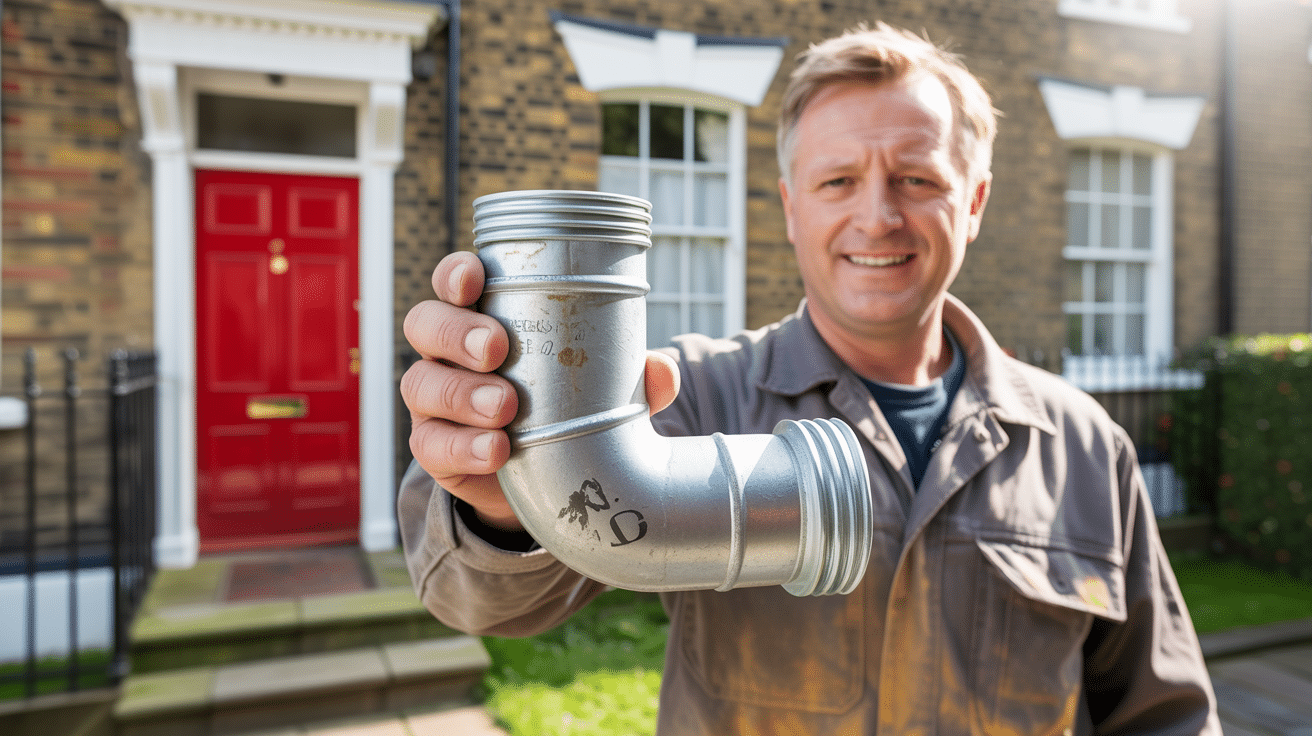
Insulating your hot water cylinder and pipes is one of the rare upgrades where the payback is virtually guaranteed and often quick. A properly installed, 80mm WRAS-approved cylinder jacket can cut heat loss by more than 75%—delivering annual energy savings of £40–£70 per average property (Energy Saving Trust, 2023). For systems with longer, more exposed runs, gains multiply.
The right insulation pays for itself within two years—then every extra pound saved stays with you.
Pipe lagging is another solid win. Insulating just one exposed metre can save £5–£10 each year, particularly where runs span lofts, cellars, or unheated voids. Across an entire property portfolio or communal boiler system, lagging compounds savings in comfort, carbon footprint, and the dreaded cost of EPC repeat visits.
Here’s how upgrades stack up in practice:
| Upgrade | Cost | Annual Saving | CO₂ Saved |
|---|---|---|---|
| Cylinder Jacket (80mm, WRAS) | £20–£30 | £40–£70 | 120–170kg |
| Pipe Lagging (per metre, WRAS) | £2–£5 | £5–£10 | 8–15kg |
Properties with older, uninsulated tanks or long pipework routes see magnified benefits—often recouping the outlay inside the first heating season. The sooner you lag, the sooner those energy and cost penalties evaporate for good.
More Than Just Bills: The Comfort and Climate Dividend
A well-lagged system means hotter water with less wait, lower condensation and damp risk, and up to 170kg carbon saved per year—the equivalent of skipping several weekly car trips or avoiding hundreds of litres of water reheated pointlessly. It’s not just easier on your bank balance, but easier on your equipment and the environment.
What Do Regulations, Warranties, and Inspections Now Require?
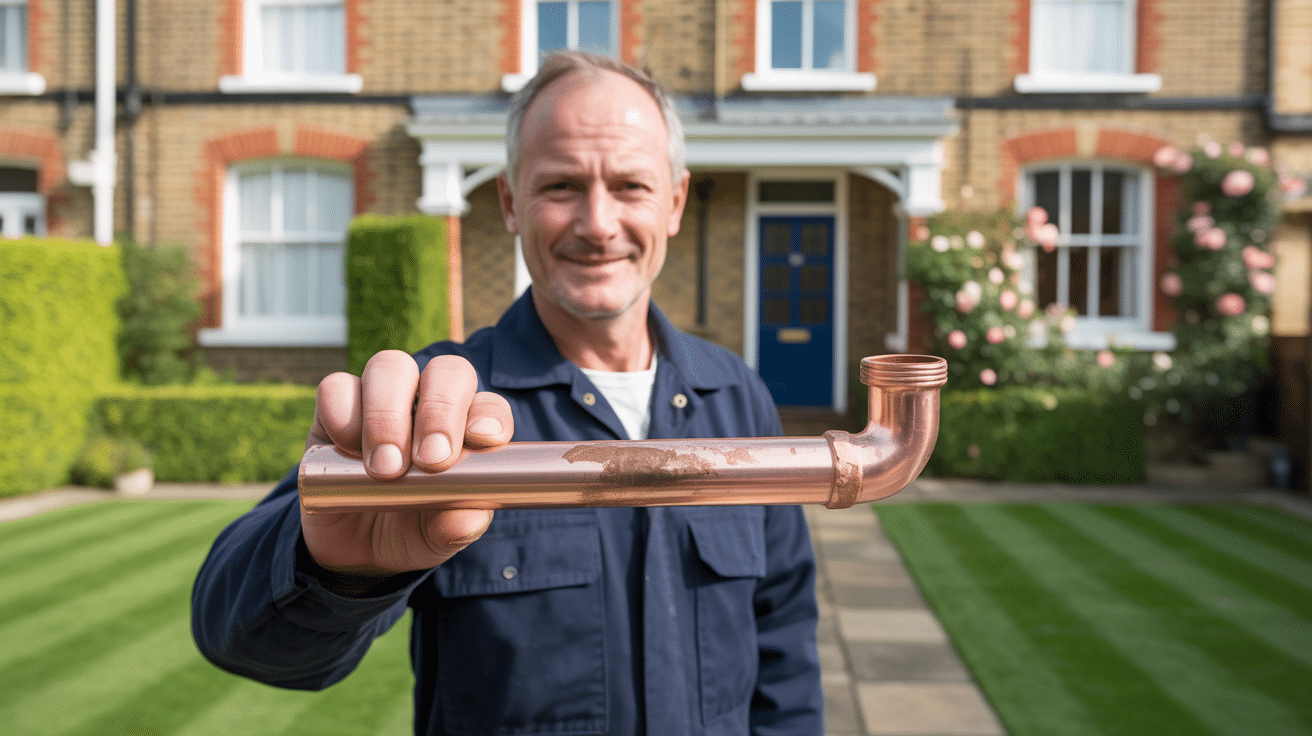
Insulation isn’t merely a recommendation; it’s been built into UK building regulations and EPC standards since 2012. No letting, sale, or compliance inspection can ignore it. Part L of the Building Regulations and all modern EPC guidance now demand:
- 80mm minimum thickness: on all new or replaced hot water cylinders, WRAS- or BS-approved and visibly labelled.
- All visible hot water pipework: in unheated spaces (lofts, garages, plant rooms) must be fully lagged with WRAS- or BS-approved sleeves.
- Documentation and photo evidence: —WRAS/BS labels must be clear in handover packs, with receipts for materials matched to surveyor or client files.
The absence of visible, labelled lagging is one of the most common reasons properties fail EPC assessments in the UK.
For landlords, agents, and block managers, the stakes are even higher—insulation paperwork has become a required appendage to tenancy agreements, insurance packs, and even mortgage applications for buy-to-lets or new builds. Non-compliance risks delayed move-ins, rent payments held in escrow, or protracted insurer negotiations.
All Plumbers 4U engineers are trained to current regulation; every cylinder and pipe is lagged to code, photographed, and filed for compliance—so you never get tripped up by missing documentation or audit surprises.
How Should Cylinder and Pipe Lagging Be Properly Fitted?
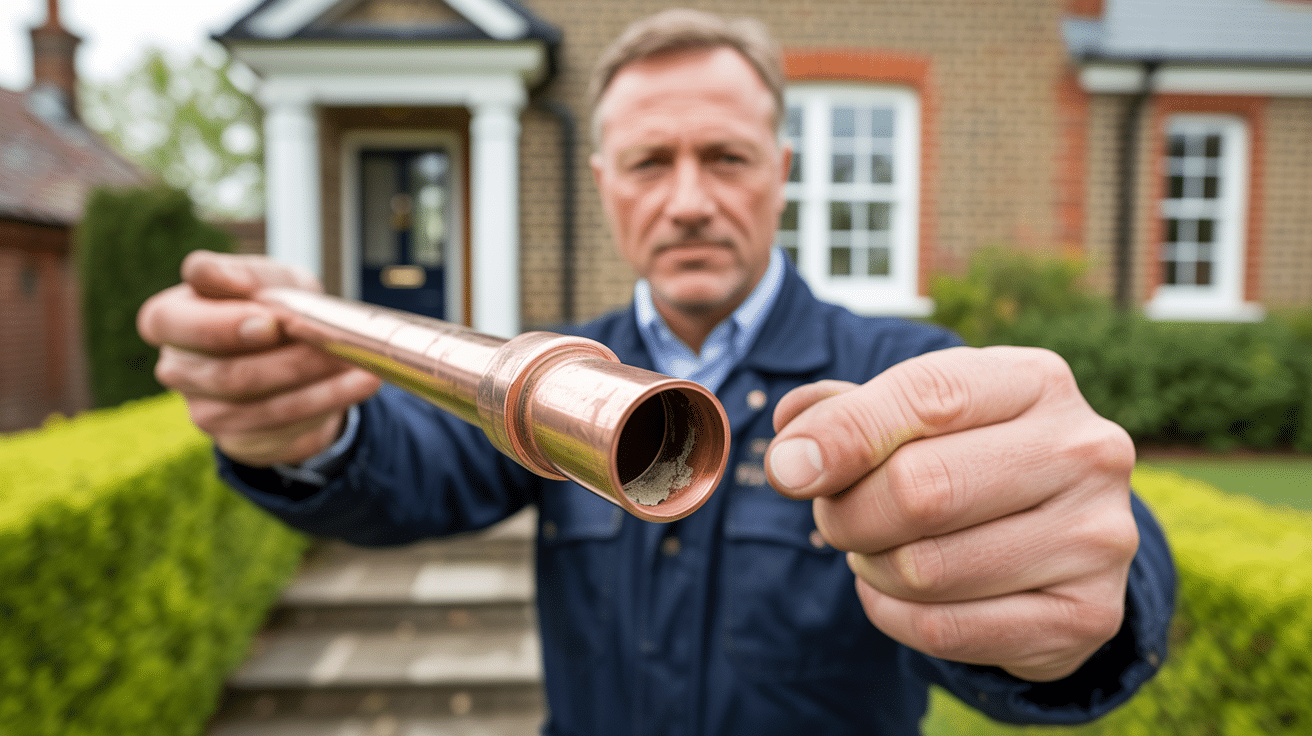
Proper lagging is no longer the realm of rough DIY or afterthought snagging—it’s a process with steps, documentation, and sign-off. Every instal starts with measuring tank height and circumference plus all exposed hot water pipe runs, especially those before mixer valves or in cold or ventilated spaces. The right products—not makeshift foam—carry visible WRAS or BS marks, with minimum 80mm jackets for cylinders and at least 19mm sleeves for pipes.
Systematic installation, with visible proof and clear labelling, is your best defence against compliance headaches.
Cylinder and Pipe Lagging: Step-by-Step for Lasting Protection
1. Measure accurately. Note the tank height and circumference; measure each pipe run, focusing on exposed segments in cold areas.
2. Select only compliant materials. Check for WRAS or BS 5422 approval, and thickness—jacket must be at least 80mm, sleeves 19mm.
3. Fit the jacket. Ensure a snug wrap but leave vent, stat, and valve access open. The goal is no cold bridging.
4. Instal pipe sleeves. Cut for length, push over all exposed hot water pipes, especially in unheated zones, making sure the sleeves fit tight at every bend or valve. Any gaps can leak more energy than you think.
5. Tape joints and gaps. Cover seams, secure sleeve ends, and stop any “air leaks” where heat loss can creep in.
6. Label and photograph. Snap clear images showing the WRAS/BS marks and finished instal. Match each part number or receipt to its location for compliance records.
7. Store all paperwork. Receipts, photos, product codes—all kept handy for future audits, EPC visits, or warranty claims.
If you’d rather not juggle measurements, labels, or compliance checks, Plumbers 4U makes lagging a turn-key process. Each engineer handles measurement, fitting, testing, and full photo documentation, ready for any handover, agent, or surveyor review.
Where Do Most Owners and Managers Go Wrong—And How Do You Prevent Costly Errors?
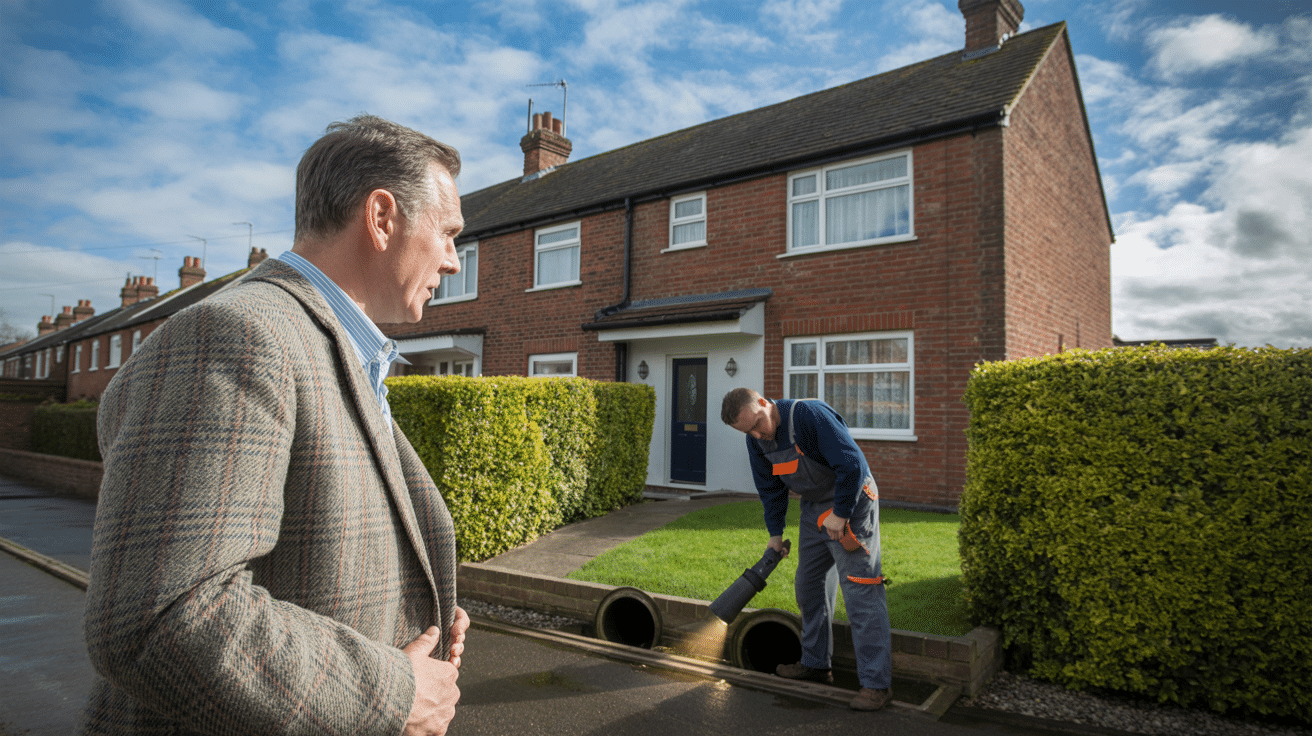
Lagging requirements are straightforward, but compliance pitfalls repeat across the industry. DIY jobs and quick fixes invite audit headaches—thin foam, incomplete coverage, missing or hidden WRAS/BS marks, and incomplete documentation leave owners exposed to failed audits and warranty disputes. During EPC or insurance inspections, common tripwires include:
- Cylinder jackets below mandated thickness or with illegible/missing labels
- Pipe sleeves missing or incompletely covering exposed runs—especially in roof voids, airing cupboards, or plant rooms
- Non-approved or generic insulation materials unrecognised by surveyors
- Missing or poorly-stored photo evidence and receipts, complicating future claims or resale documentation
No label, no compliance—bedsheets and budget foam don’t fool surveyors or insurers.
Avoid the Classic Traps—And Lock Out Compliance Pain
What to avoid:
- Never substitute towels or builder’s foam—only WRAS- or BS-marked insulation, with visible labels.
- Don’t bury vent valves or thermostat pockets—access points must remain clear.
- Close every gap—with insulation, a single thumb-width hole can sap a third of its effectiveness.
- Keep all records handy—loss of product codes, photos, or receipts is the most common path to EPC or insurance headaches.
A professional instal solves these issues every time. For hands-on landlords or facility managers, careful DIY is viable—but only if every rule and proof step is followed. For everyone else, Plumbers 4U closes this loophole, whether for annual checks or urgent sales compliance.
What Hidden Benefits Does Proper Lagging Unlock?
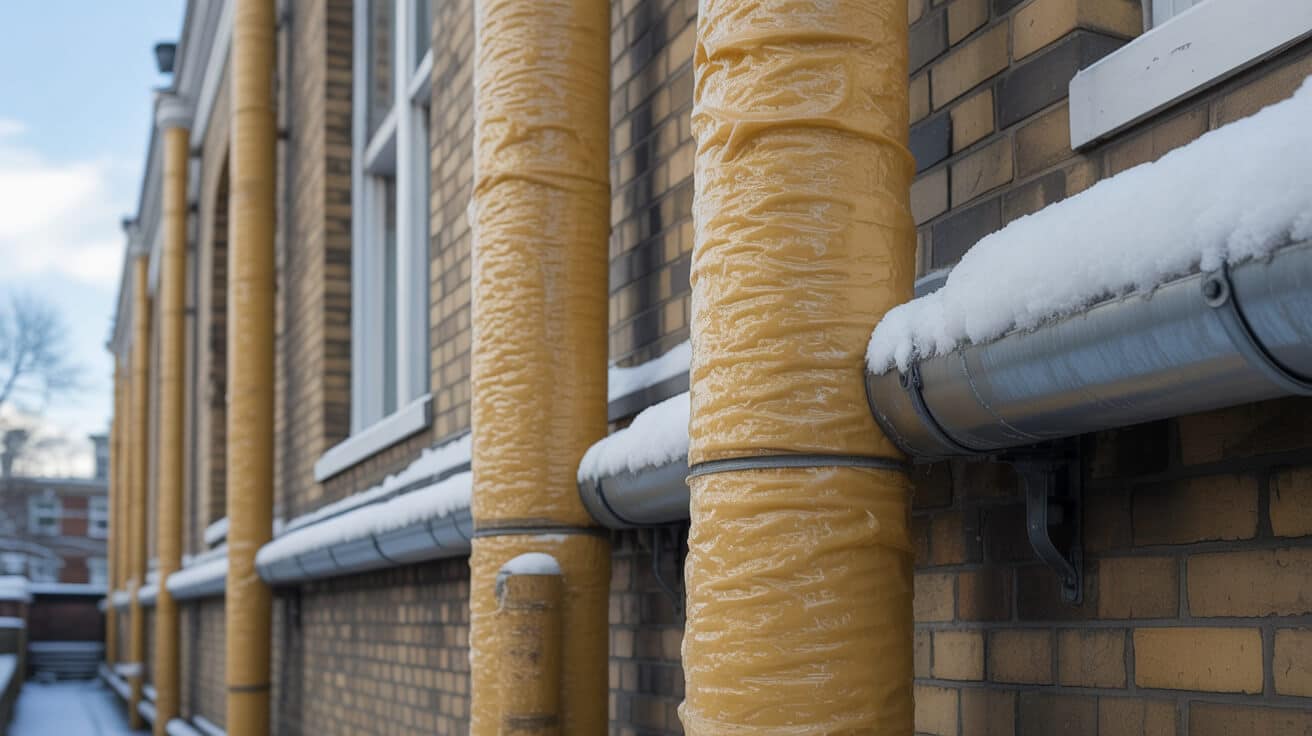
Hot water insulation is so often framed as a compliance or cost issue that many owners miss the bonus gains:
- Hot water on demand: —Water heats up faster at every tap or shower, with less wait and waste.
- Lower condensation and mould risk: —Insulated pipes drip less, reducing damp issues and keeping the atmosphere healthier.
- Subtle water savings: —With hotter water always on-tap, there’s less wasted while you stand and wait.
- Property value nudge: —EPC-compliant insulation is a visible selling point for buyers, tenants, and surveyors.
- Handover made easy: —Documented compliance pack ends friction with agents, tenants, or future claim reviewers.
In commercial or multi-tenant scenarios, these upsides matter doubly: reduced downtime, faster repairs, neater compliance for block transfers, and less paperwork stress come audit season. Plumbers 4U bakes insulation into annual plant checks and maintenance packs, ensuring no manager gets caught off-guard.
What Sets Plumbers 4U Apart—And Why Does Our Compliance Stance Protect You?
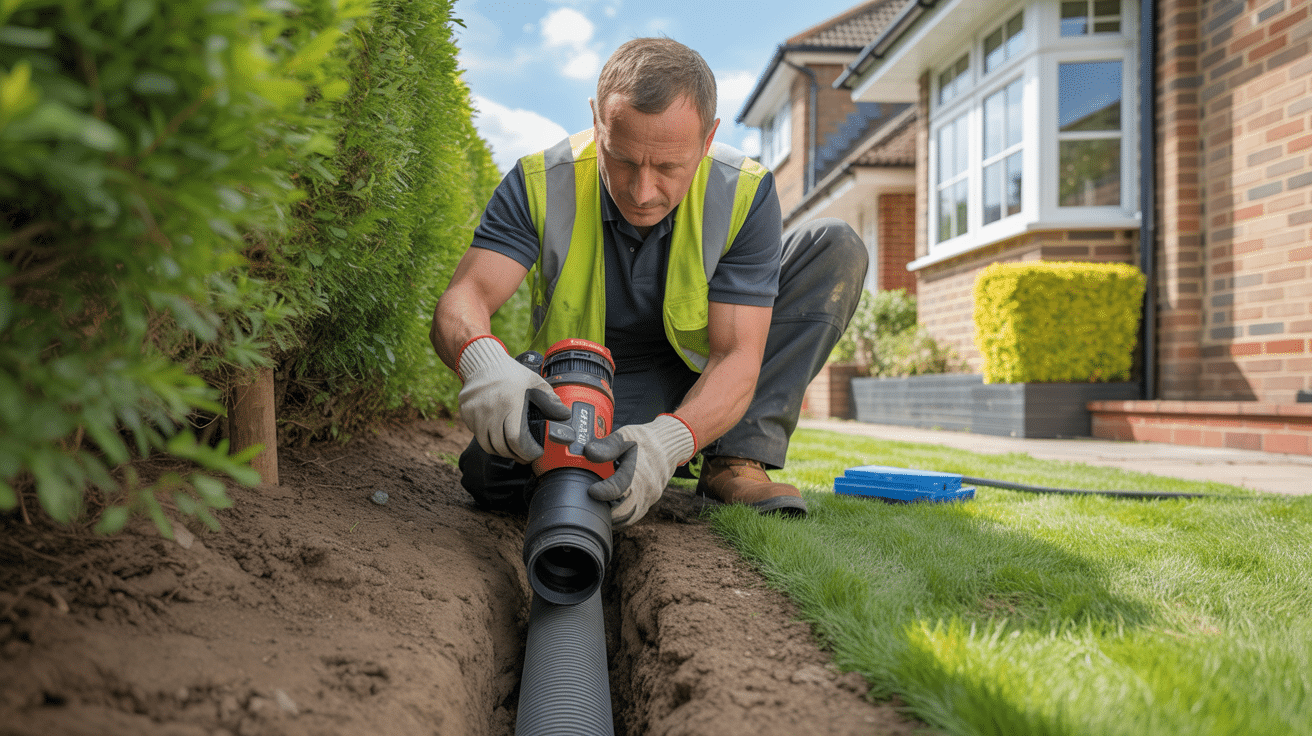
Experience is more than a slogan—it’s about evidence and exactitude. Every Plumbers 4U installer is WRAS/BS certified, G3-licenced for unvented cylinders, and committed to fitting insulation to the letter of today’s EPC, landlord, and insurance standards. Our team fits every jacket and sleeve with care, labels visible, and every instal is photo-logged and matched to a receipt—no shortcuts or missing compliance pieces, ever.
Every winter you delay insulation is a season of avoidable spend and extra risk.
We don’t just fit and forget: if you’re a hands-on landlord or letting agent, you’ll receive a pack with every job—date-stamped engineering photos, part codes, receipt copies—all immediately ready for any auditor, agent, or claims handler. For owner-occupiers or block managers, our all-in-one service means you’re covered from initial survey to instal, handover, and long-run documentation.
Self-installers aren’t left out: we provide checklists, video guide links, and phone-based support to verify DIY job completion, images, and codes, so even amateur attempts meet professional standards. With Plumbers 4U, compliance isn’t a tick-box—it’s real, auditable, and resilient when standards update or inspectors drop by.
Secure Your System—Book Plumbers 4U for Compliant Insulation and Peace of Mind
Insulation isn’t a back-burner job for “next winter”—it’s the quickest route to shaving bills, closing compliance gaps, satisfying EPC and audit requirements, and maximising comfort at home or across your rental portfolio. Our WRAS and G3-qualified engineers handle the job end-to-end: from initial measurement to tidy, regulation-checked instal, through to photo-logged handover—so nothing is left to chance at tomorrow’s audit, resale, or letting review.
Each season you leave it, you subsidise lost comfort and rising bills—fix it now and protect your peace of mind.
Compliance is simple when it’s built in, not patched after a problem. Upgrade comfort, control costs, and future-proof your paperwork—book Plumbers 4U for your cylinder and pipe lagging upgrade. Your system will thank you for it, and so will your next insurance adjuster or EPC auditor.
Frequently Asked Questions
Why does hot water cylinder and pipe insulation matter more now than ever for UK property owners?
Insulating your hot water cylinder and associated pipes in the UK is no longer a ‘nice to have’—it’s an operational necessity driven by tighter regulations, higher energy costs, and direct impact on both asset value and tenant experience. If you let properties, manage housing stock, or simply want your EPC to read well at the next sale or remortgage, energy escaping from bare pipes is now a liability, not just a missed saving. Every degree of unnecessary heat loss stacks up: higher bills, increased compliance scrutiny, and frequently, a line item on surveyor reports that can cost you a deal or even force improvement works before new tenants can move in.
Unseen energy loss becomes visible the moment compliance, cost, or comfort are tested.
Who sees the biggest difference from insulation upgrades?
- Landlords racing EPC deadlines or facing MEES audits where failing to insulate can block a tenancy or sale.
- Homeowners modernising old systems—especially pre-2010 builds with legacy copper cylinders or long, exposed pipe runs in lofts and cellars.
- Property managers responsible for blocks or portfolios, where one audit fail or cold property complaint drives ripple effects across multiple units.
- Commercial property and facilities managers, where plantroom insulation gets challenged in every insurance renewal and downtime incident.
If you fit any of the scenarios above, the gains aren’t theoretical—they’re the steadiest lever you have on running costs, asset value, and future resilience.
What recent law changes and regulatory trends should every UK landlord and manager know about cylinder and pipe insulation?
UK hot water insulation law has shifted sharply. Since 2018’s MEES enforcement and the 2022 update to Part L of the Building Regulations, a new minimum bar has been set—one that catches out properties relying on dated instals or “what looked OK at the time” jackets. You need proof of 80mm-thick, WRAS/BS-certified cylinder jackets and at least 19mm BS 5422 foam on every accessible pipe. Verbal claims or old insulation won’t cut it.
Authorities have tightened up on digital proof as well: dated product photos, photo-evidence of instal and labels, and itemised receipts are now standard requests on EPC (Energy Performance Certificate) checks and grant claims.
| Legal Detail | Standard/Requirement | Who Checks |
|---|---|---|
| Cylinder Jacket | ≥80mm, WRAS/BS-certified | EPC assessors, building control |
| Pipe Lagging | ≥19mm foam, BS 5422-compliant | Auditors, letting agents |
| Evidence/papertrail | Photos + receipts | Local authorities, grant panels |
| Plantroom/commercial spaces | Full insulation, pro signed-off | Insurance assessors, block mgt |
The message: documentation and modern product marks carry as much weight as the insulation itself. If you’re managing multiple properties, streamlining digital evidence now means no more desperate paperwork hunts at audit time.
What are the hard numbers on savings and real return for householders and professional landlords?
Hot water insulation consistently ranks at the top of upgraded measures for ROI. For landlords, the payback isn’t just in pounds—it’s in fewer complaints, lower void times, and letting agents who actually call you first.
According to Energy Saving Trust (2023), installing an 80mm cylinder jacket plus full pipe lagging yields savings of £45–£100+ per year for an average home, with commercial sites and rental portfolios accruing larger benefits by scaling across units.
| Insulation Area | Typical Cost | Annual Saving | Payback |
|---|---|---|---|
| Cylinder Jacket | £18–£40 | £40–£65 | <1 year |
| Pipe Lagging (m) | £2–£6 | £5–£10 (per m) | <1 year |
The silent, ongoing return: insulation reduces callouts for cold complaints, lengthens system lifespan, and boosts audit clearance rates. For leaseholders or house-flippers, improved EPCs bring better offers and unblocks access to grant funding for further upgrades.
Insulation pays you back in three ways: your bill, your compliance rating, and your next property transaction.
Can owners legally fit their own cylinder jackets and pipe lagging, or do new rules require professional installation in most cases?
Most UK homeowners and landlords can fit WRAS-certified insulation themselves on standard, vented copper tanks—so long as all guidance (and visibility requirements) are met. Installation is straightforward: measure for a snug fit, use only certified products, and never cover stats, valves, or TPRVs (on unvented systems).
Where professional installation is now essential:
- Unvented (pressurised) cylinders: —these require a G3-certified engineer by law. DIY on these is a direct breach of safety regs and invalidates warranties and some insurance.
- Communal, shared plant, or commercial systems: —anything beyond a private home calls for documented, signed-off pro installation.
- EPC, letting, or grant work: —if evidence is requested, a pro’s job sheet is worth more than buyer claims or retrofitted photos.
Most reputable installers, including Plumbers 4U, deliver not just the insulation but a full digital “audit pack”—photos, serials, and receipts—aligned to whatever future desktop or on-site check you may face.
Safety checklist for DIY jobs:
- Tank is vented, with traditional setup.
- Only use WRAS- or BS-stamped jackets and pre-formed foam sleeves.
- Leave all access, labelling, and discharge points visible.
- Photo and store documentation for future reviews.
What counts as watertight evidence when passing an EPC, grant, or letting audit—and how can you avoid common documentation failures?
The bar for evidence now sits at “full traceability”—physical checks, yes, but also digital chains: photo logs of instal, visible WRAS/BS labels, time-stamped receipts, and—where pro work is used—a properly detailed job sheet or digital handover.
What to have filed for every system you’ve upgraded:
- Unambiguous WRAS/BS certification visible in instal photos.
- Jacket thickness (≥80mm) and pipe foam (≥19mm) demonstrated by clear images.
- Digital or physical receipts with model/serial numbers.
- Professional handover sheets/engineer certificates where expert instal is required.
| Evidence Needed | Cylinder | Pipe Lagging | Who Uses It |
|---|---|---|---|
| WRAS/BS visible | ✔️ | ✔️ | EPC, audit, grant |
| 80mm/19mm+ recorded | ✔️ | ✔️ | Compliance proof |
| Dated photo | ✔️ | ✔️ | Surveyors/panels |
| Job sheet (pro only) | ✔️ | ✔️ | Auditors, buyers |
What protects you isn’t what’s under the foam, it’s what’s on the invoice and in the photos.
Secure, indexed digital logs mean you never scramble at survey time—and leave a paper trail for future owners or auditors.
Where do most UK property owners and service partners fail on insulation instals, and what ensures a first-time audit pass?
Audit fails and surveyor headaches boil down to five classic errors:
- Using jackets thinner than 80mm, or pipe lagging without accredited labels—this is seen as “not installed” by EPC and grant panels, no matter the theory.
- Leaving unlagged stretches after elbows, behind tanks, or at awkward pipe runs.
- Covering controls (like TPRVs or thermostats) or obscuring essential product labels.
- Relying on “creative” hacks like blankets, generic foam, or repurposed insulation—always a red flag and fast fail.
- Failing to assemble and store proper receipts, digital photos, and (where commercial) certified instal paperwork.
First-time passers always:
- Confirm product certification before instal.
- Take high-quality, in-situ photos—serials and pipe runs visible, even at awkward angles.
- Digitally label, date, and file everything before re-boxing tools.
Block managers and larger landlords often automate this via property management tools or by using installers such as Plumbers 4U who deliver digital job packs as routine.
How does grant support for insulation really work—and what steps win you funding (and a smooth claim) in 2024?
UK insulation grants are on the rise. From the Great British Insulation Scheme to supplier and local council-backed initiatives, funds are on the table—but only if your work is traceably done, with proper documentation baked in from day one.
Steps to streamline your claim:
- Start online: gov.uk’s improve-energy-efficiency pages, regional grant finders, or your energy supplier’s web portal.
- Confirm that only WRAS/BS-certified, fully documented upgrades will be accepted—never buy “off market” or instal without all evidence in hand.
- Obtain and keep high-resolution instal photos, receipts, and (for tenanted, communal, or grant-funded instals), the pro handover sheet.
- Coordinate timing—grant windows may be brief, and retroactive claims often fail if you miss evidence deadlines.
Grant bodies pay for what they can see, photograph, and verify—not for claims or invoices out of sequence.
Top-tier firms like Plumbers 4U will do most of the heavy lifting—instal, paperwork, direct upload to grant panels—getting you the upgrade and the funding with near-zero friction. The upshot: funding now can mean zero outlay and a future-proofed property portfolio.
If your goal is to cut avoidable cost, protect your asset, and get ahead of compliance or funding hurdles, certified insulation is the step you take before you need it. With Plumbers 4U, you’re never scrambling for proof or chasing paperwork—just lowering your bills, boosting your audit passes, and making your properties more attractive at every stage of ownership or management.

